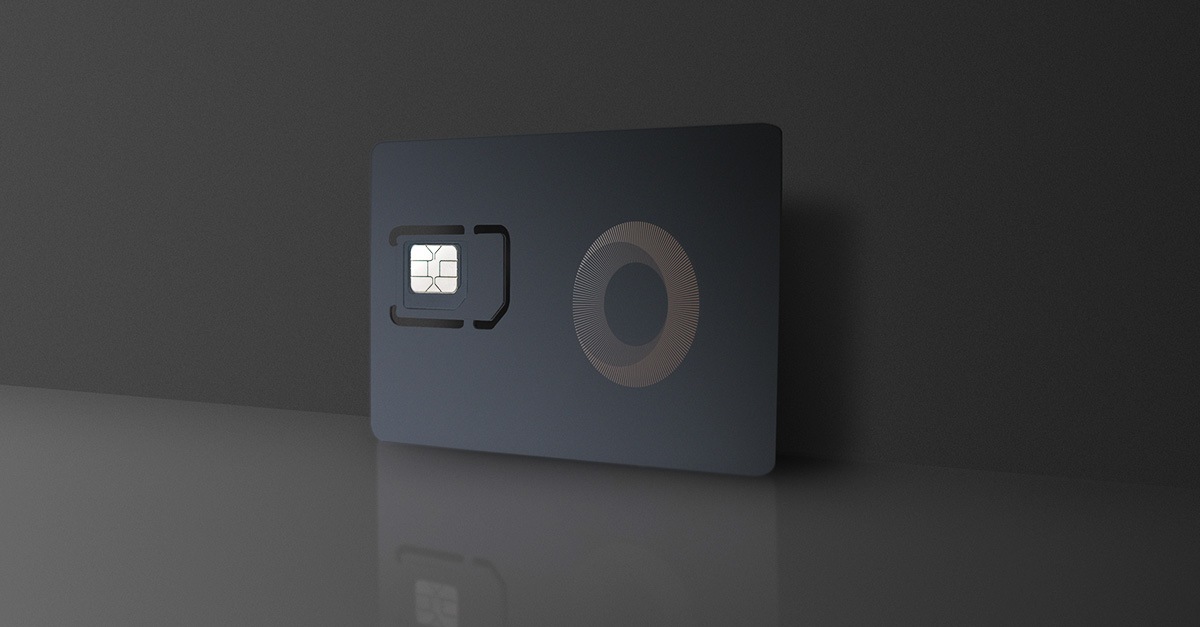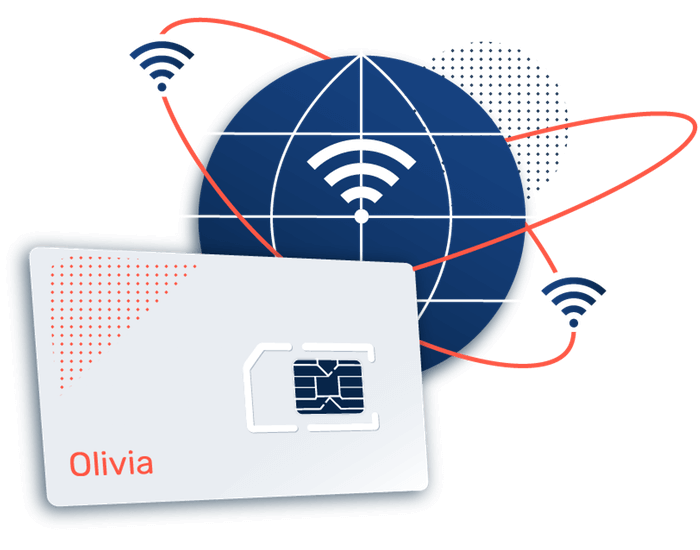Remote Monitoring IoT Monitoring: Transforming Various Industries
The panorama of producing is evolving rapidly, pushed primarily by technological developments. Among these developments, IoT connectivity options for manufacturing automation stand out as pivotal parts reshaping how industries function. The Internet of Things (IoT) integrates digital and bodily worlds, making a community of interconnected gadgets that communicate seamlessly. This interconnectedness permits manufacturers to optimize their processes and enhance productivity.
Real-time knowledge is a cornerstone of recent manufacturing. Through IoT connectivity solutions, machines and sensors generate data that provide insights into production processes. This immediate access to information empowers manufacturers to make informed choices shortly. For instance, if a machine is underperforming, operators can determine the difficulty and implement corrective actions at once, ultimately minimizing downtime and enhancing throughput.
Iot Global Comprehensive Remote Monitoring Solutions
Predictive maintenance is another significant benefit of IoT connectivity options. By continuously monitoring equipment performance via quite a few sensors, producers can anticipate failures earlier than they happen. This proactive method drastically reduces maintenance prices and improves the lifecycle of machinery. Instead of adhering to a reactive maintenance strategy, organizations can optimize their maintenance schedules based mostly on actual machine circumstances.
IoT know-how additionally facilitates higher supply chain administration. With the combination of sensors all through the provision chain, producers acquire enhanced visibility into stock ranges and materials flows. This improved visibility permits businesses to optimize inventory management, ensuring that they have the mandatory materials available with out overstocking. Such efficiency translates to reduced costs and improved service ranges, that are essential for sustaining a aggressive edge.
Iot Revolution Technologies Applications of IoT Remote Monitoring
Automation and robotics are increasingly reliant on IoT connectivity options. Smart factories combine automated systems powered by IoT to streamline production processes. Robotics equipped with IoT capabilities can communicate with one another and adjust their actions based on real-time knowledge from the environment. This degree of synchronization allows the implementation of adaptive manufacturing systems that reply to fluctuations in demand shortly and successfully.
Implementing IoT connectivity solutions requires a solid network infrastructure. Manufacturers must spend cash on reliable and secure communication networks able to dealing with the immense information generated by interconnected gadgets. 5G expertise is rising as a vital enabler of IoT connectivity in manufacturing. Its fast pace and low latency support the real-time applications which might be essential for data-driven decision-making.
Iot Remote Monitoring And Control What is Remote Monitoring in IoT?
Data analytics performs a vital position in harnessing the total potential of IoT connectivity options. With a wealth of data generated from related gadgets, producers must employ superior analytics instruments to extract actionable insights. Machine studying algorithms can identify patterns and anomalies in data that will not be obvious to human analysts. This data-driven strategy enhances operational effectivity by driving steady improvement across manufacturing processes.
Cybersecurity is an important consideration as producers combine IoT options into their operations. The connectivity that IoT brings will increase the floor space for potential cyberattacks. Implementing robust security measures to safeguard critical manufacturing methods is paramount. This includes guaranteeing that every one devices are secure, data is encrypted, and continuous monitoring for threats is in place.
Remote Monitoring Using Iot How IoT Remote Monitoring Functions
Worker security is significantly improved via IoT connectivity options. Wearable units geared up with sensors can monitor the health and safety of staff in actual time. These smart wearables can alert personnel to hazardous conditions, guaranteeing timely intervention. Such measures not only shield workers but in addition contribute to total productiveness by minimizing the risk of accidents.

The transition to smart manufacturing check out here via IoT connectivity solutions also promotes sustainability. By optimizing processes, producers can considerably reduce waste and energy consumption. IoT gadgets assist track useful resource usage, enabling businesses to establish areas where effectivity could be enhanced. These environmentally friendly practices not solely benefit the planet but can even end in value savings over time.
The impact of IoT connectivity solutions on manufacturing extends past the operational realm. They enable enhanced buyer engagement by allowing manufacturers to ship customized services and products. Through IoT-enabled units, manufacturers can collect data about buyer preferences, leading to the creation of tailor-made offerings that better meet market calls for. This degree of engagement fosters buyer loyalty and strengthens brand status.
Iot Remote Monitoring And Control Top BI Solutions for IoT Monitoring

In conclusion, IoT connectivity options for manufacturing automation represent a transformative force in the business. By offering real-time insights, predicting tools failures, improving supply chain administration, and enhancing employee security, these options redefine operational efficiency. As manufacturers proceed to combine IoT technologies, the benefits lengthen past traditional metrics of productivity and price. Embracing these innovations sets the groundwork for a extra sustainable and responsive manufacturing environment that's geared up to meet the challenges of the longer term.
- Enhanced real-time monitoring via IoT sensors allows producers to trace equipment efficiency and operational effectivity.
- Predictive maintenance is facilitated by IoT connectivity, lowering downtime and extending equipment lifespan through timely interventions.
- Seamless integration of IoT devices across production lines enhances data assortment, resulting in improved decision-making processes.
- Wireless technologies corresponding to LPWAN allow cost-effective communication over huge manufacturing services, minimizing set up complexity.
- Cloud-based IoT platforms present scalable solutions for knowledge analytics and visualization, empowering manufacturers to determine tendencies and optimize workflows.
- Enhanced asset tracking using IoT devices ensures higher stock administration and decreased losses due to misplacement or theft.
- Industry-specific IoT protocols, like MQTT and CoAP, guarantee efficient and secure knowledge transmission tailored to manufacturing wants.
- Advanced cybersecurity measures are essential in IoT ecosystems to guard sensitive operational data from potential threats and breaches.
- Integration of IoT with machine learning algorithms permits for autonomous changes and enhancements in manufacturing processes primarily based on historic knowledge.
- Collaboration with IoT solution providers permits producers to customize connectivity strategies that tackle their distinctive operational challenges.
What are IoT connectivity solutions for manufacturing automation?
IoT connectivity options enable seamless communication between machines, sensors, and devices inside a producing environment, facilitating knowledge trade, monitoring, and control to enhance operational effectivity and decision-making.
How do IoT connectivity solutions improve manufacturing processes?
Remote Iot Monitoring Solution Secure Remote Monitoring of IoT Devices
These solutions streamline workflows, scale official source back downtime, and optimize asset utilization by providing real-time knowledge insights, enabling predictive maintenance, and enhancing supply chain visibility.
What kinds of IoT connectivity technologies are commonly used in manufacturing?
Common technologies include Wi-Fi, Zigbee, LoRaWAN, cellular (4G/5G), and Bluetooth. Each technology offers unique advantages primarily based on vary, information switch velocity, and power consumption fitted to totally different manufacturing needs.
Iot Remote Monitoring Solution IoT Wireless Sensors for Monitoring
How safe are IoT connectivity options for manufacturing?
Robust safety measures, together with encryption, gadget authentication, and community segmentation, are essential to protect production environments from cyber threats, making certain knowledge integrity and operational continuity.
Can IoT connectivity options be built-in with current manufacturing systems?
- Iot Global
Yes, many IoT options are designed for interoperability, permitting integration with legacy techniques and tools. This allows manufacturers to enhance their capabilities without replacing existing infrastructure.
Role Of Smart Sensors In Iot Top 20 Systems Transforming IoT Industries

What are the fee implications of implementing IoT connectivity solutions?
Initial setup prices may range, but long-term savings are sometimes realized via increased effectivity, reduced waste, and improved maintenance strategies. A detailed cost-benefit evaluation might help determine the monetary impression. Remote Monitoring Using Iot.
How can I select the best IoT connectivity solution for my manufacturing facility?
Evaluate elements such as scalability, reliability, ease of integration, and particular use case necessities. Consulting with trade experts and conducting pilot projects may help in figuring out the best match in your wants.
Iot Remote Monitoring And Control IoT Connectivity for Enhanced Monitoring
What are the challenges in adopting IoT connectivity options for manufacturing?
Challenges may include cybersecurity issues, interoperability issues, and the need for staff coaching. Addressing these obstacles via strategic planning and stakeholder involvement can facilitate successful adoption.
How does information collected through IoT connectivity affect decision-making in manufacturing?
Real-time knowledge analytics allows manufacturers to make informed decisions shortly, optimizing operational processes, improving high quality control, and enabling proactive administration of resources and potential points.